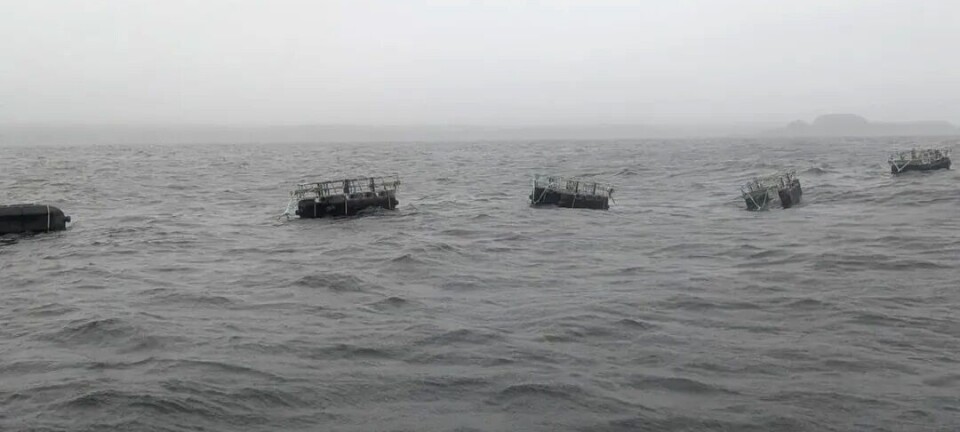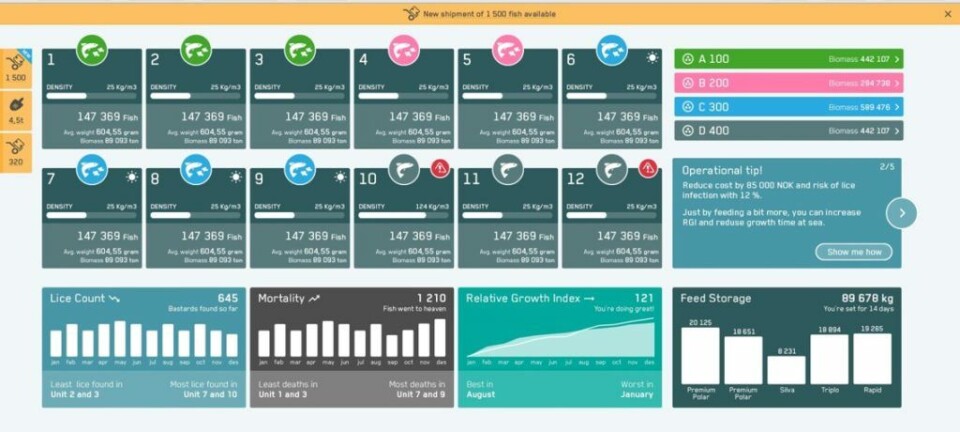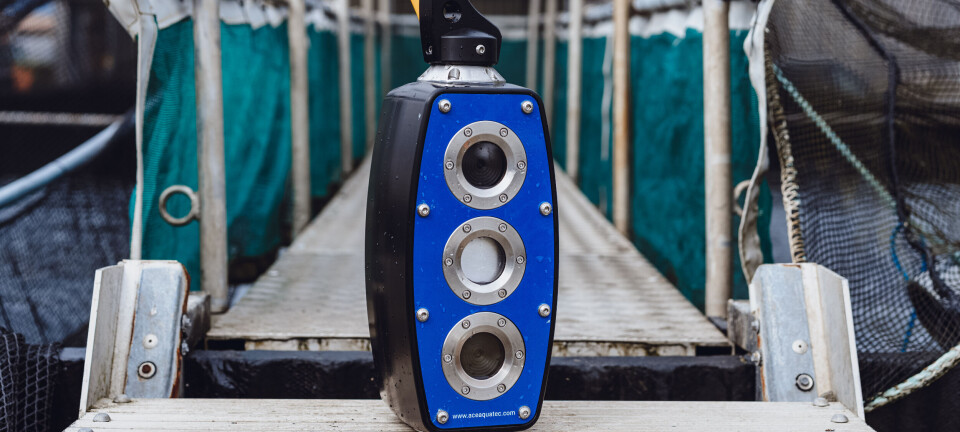
Farmed salmon has fewer pollutants than wild fish
Norwegian farmed salmon has a lower level of environmental pollutants than the country’s wild salmon, according to a new study.
“It was previously widely thought that farmed salmon contained more environmental pollutants than wild salmon, but this proves not to be the case,” said Anne-Katrine Lundebye, senior scientist at Norway’s National Institute of Nutrition and Seafood Research (NIFES).
Lundebye led the NIFES research project in which levels of environmental pollutants and nutrients were analysed in Norwegian wild and farmed salmon. The study showed that farmed salmon had lower levels of most environmental pollutants than wild salmon, including dioxins, PCBs, brominated flame-retardants and pesticides.
Diet differences
Lundebye said the differences were due to diet. “Fish are what they eat, both in terms of environmental pollutants and nutrients,” she said. “This can be controlled in farmed fish, while what fish eat in the wild varies.”
Changes in the composition of fish feed is one of the reasons for the relatively low level of organic pollutants in farmed salmon. Today’s fish feed contains less fish oil, which was previously the main source of many of the undesirable substances in the feed.

Both wild and farmed salmon in the study showed relatively low levels of environmental pollutants, which were well below the maximum limit for those substances for which limits have been established. The research also shows that wild salmon has higher concentrations of the nutrients iron, copper, zinc and selenium, and that the composition of omega-3 and omega-6 is more beneficial in wild salmon than in farmed salmon.
“The omega-3 in farmed salmon still has a positive effect, even though there is a lower omega-3 to omega-6 ratio than in wild salmon,” said Lundebye. “Consumers have nothing to worry about because both types are a good source of omega-3 fatty acids and do not contain alarming levels of environmental pollutants. We can safely say that they are both healthy.”
200 samples
The study compared 100 samples of salmon caught in the wild and 100 samples of farmed salmon. The wild salmon were caught in the sea in Northern Norway, but Lundebye does not believe that the results would have been very different had the fish been caught elsewhere along the Norwegian coast.
“Since salmon migrates, where it is caught in the sea is probably of limited relevance. It has been previously shown that salmon from all areas of Norway use the Norwegian Sea as a feeding ground, and to some extent, the Barents Sea. Other studies show that salmon caught in one area have lived in entirely different areas of the sea, but we do not know precisely where the fish in our study have previously spent time. The reason why we have only used salmon from Northern Norway in this study is that most of the wild salmon fisheries occur there,’ she says.
The most publicised study conducted on environmental pollutants in farmed and wild salmon was an American study published in the journal ‘Science’ in 2004. This study reported higher levels of environmental pollutants in farmed compared to wild salmon. Lundebye is sceptical of the 2004 study since it compares two different species of salmon. In the American study, the wild salmon sampled was Pacific salmon, while the farmed salmon was Atlantic salmon. Lundebye said these two species have a different fat content and it is therefore difficult to compare them.
“It’s like comparing apples with pears,” she said. “Comparing wild Pacific salmon with farmed Atlantic salmon is not scientifically justifiable because the two species have different fat contents. Since Atlantic salmon contains more fat, it will have higher levels of fat-soluble organic pollutants than Pacific salmon, regardless of whether it is farmed or wild.”
Results of the study:
Lower levels of the following environmental pollutants in farmed salmon than in wild salmon:
• dioxins
• PCBs
• brominated flame retardants
• the pesticides DDT, toxaphene, dieldrin, lindane, chlordane, hexachlorobenzene and mirex
• mercury
Higher levels of the following nutrients in wild salmon than in farmed salmon:
• selenium
• copper
• zinc
• iron
• beneficial composition of omega fatty acids
Similar levels of the following environmental pollutants in farmed salmon and wild salmon:
• cadmium
• lead
• the pesticides endosulfan and pentachlorobenzene
The study was published in the journal Environmental Research























































